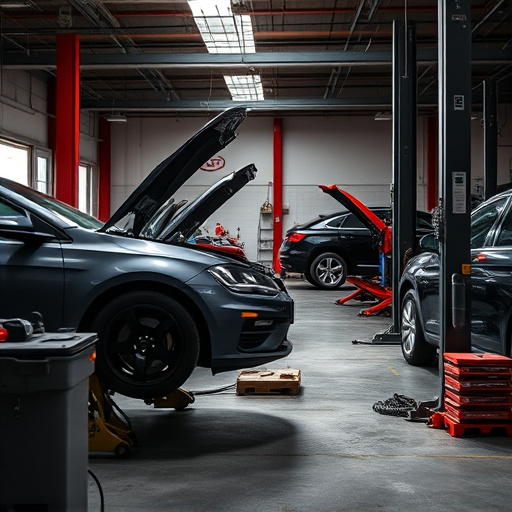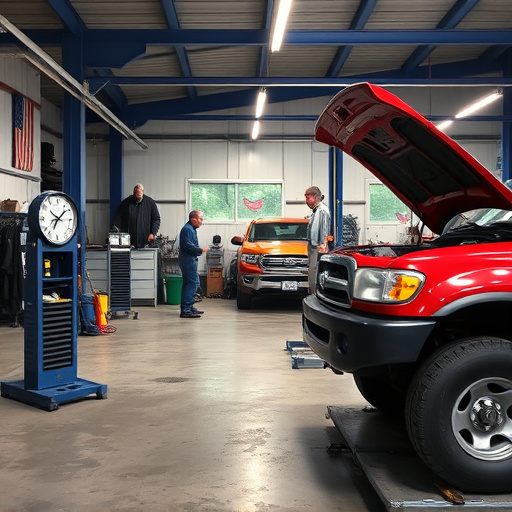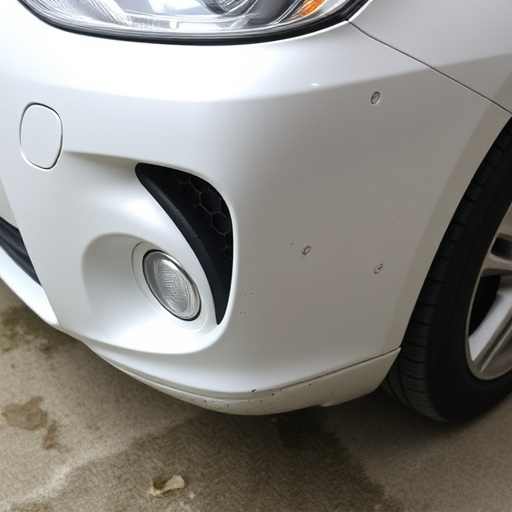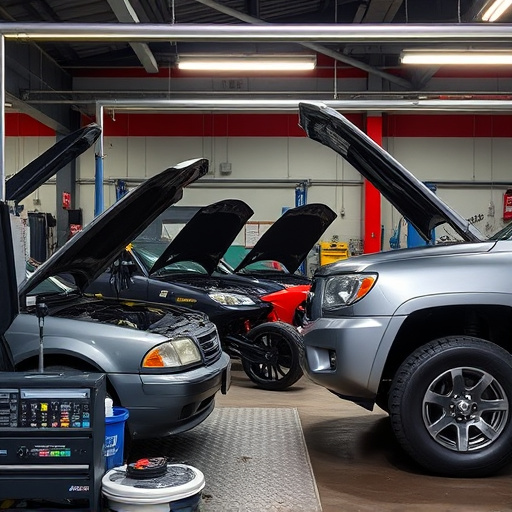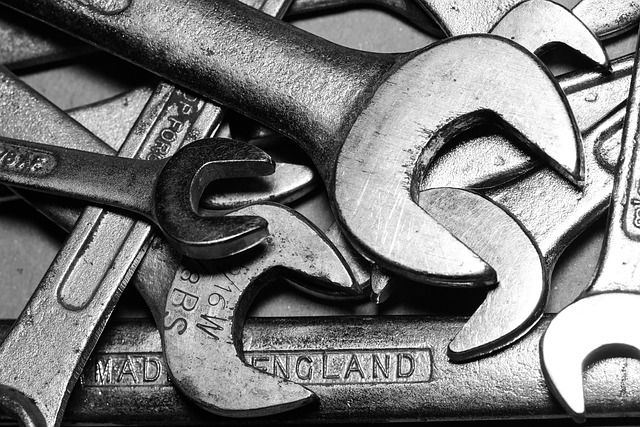Seam sealers, with their reduced or zero VOC content, are essential in modern auto body repair, replacing harmful bonding agents and minimizing environmental impact. They align with strict industry regulations, promote sustainability, reduce chemical emissions, and contribute to a greener future. By integrating seam sealers, auto repair shops can achieve efficient workflows, longer-lasting finishes, cost savings, and better environmental compliance.
In the automotive industry, environmental compliance is paramount. As regulations tighten, auto repair shops must adapt to sustainable practices without compromising quality. One such solution lies in the use of seam sealer, an eco-friendly alternative for sealing and protecting vehicle structures. This article explores how seam sealer not only enhances durability but also navigates the evolving environmental compliance landscape, presenting a sustainable approach for auto repair professionals.
- Understanding Seam Sealer: The Environmental Friendly Solution in Auto Repairs
- Regulatory Landscape: Environmental Compliance Standards for Automotive Industries
- Integrating Seam Sealer into Auto Repair Practices: A Sustainable Approach
Understanding Seam Sealer: The Environmental Friendly Solution in Auto Repairs

Seam sealers have emerged as a crucial component in modern auto body repair and environmental compliance. These specialized adhesives are designed to create a robust bond between various materials used in automotive manufacturing, ensuring structural integrity and durability. However, beyond its functional benefits, a key advantage of seam sealers lies in their eco-friendly profile.
In the realm of auto collision centers and auto body services, traditional bonding agents often contain volatile organic compounds (VOCs) that contribute to air pollution. Conversely, modern seam sealers are formulated with lower or no VOC content, significantly reducing their environmental impact. This shift towards environmentally friendly solutions not only aligns with regulatory standards but also reflects a commitment to sustainability in the auto repair industry.
Regulatory Landscape: Environmental Compliance Standards for Automotive Industries
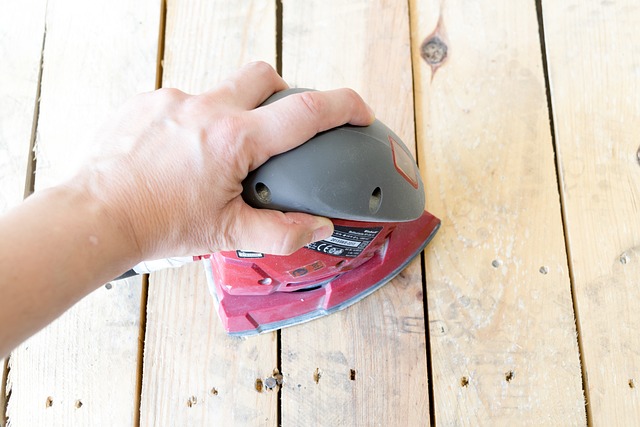
The automotive industry is subject to stringent environmental regulations designed to minimize its ecological footprint and protect public health. These standards govern every aspect of car manufacturing and repair, including the use of specific materials and techniques in collision repair processes. One such critical component is the seam sealer, a material used extensively in car bodywork services for its sealing properties.
Environmental compliance is not just about adhering to laws; it’s also about responsible practices. In a collision center or any auto repair facility, using eco-friendly seam sealers can significantly reduce the release of harmful chemicals into the atmosphere. Proper disposal and management of these materials are equally crucial, as they contribute to the overall sustainability of collision repair operations. Understanding and meeting these environmental compliance standards not only ensures legal integrity but also fosters a commitment to preserving the planet for future generations.
Integrating Seam Sealer into Auto Repair Practices: A Sustainable Approach

In modern auto repair practices, integrating sustainable solutions like seam sealer is more than just an eco-friendly choice; it’s a strategic move to enhance environmental compliance and contribute to a greener future. Seam sealer, a versatile product, plays a pivotal role in various stages of auto body painting and repair. By effectively sealing joints and gaps, it not only improves the structural integrity of vehicles but also reduces the need for frequent repaints, thereby minimizing waste generation associated with traditional auto body painting processes.
This innovative approach allows body shop services to streamline their operations while adhering to stringent environmental regulations. Auto repair shops that embrace seamless sealer technology can expect longer-lasting finishes, reduced solvent emissions, and lower material consumption. This sustainable method not only benefits the environment but also offers economic advantages, ensuring efficient workflows and cost savings in the long run.
Seam sealer is emerging as a game-changer in auto repairs, offering both environmental benefits and superior sealing performance. By understanding the regulatory landscape and integrating this innovative solution into repair practices, automotive professionals can contribute to a greener future while ensuring high-quality work. The shift towards environmentally friendly products like seam sealer is not just a trend but a necessary step towards sustainability in the automotive industry.
